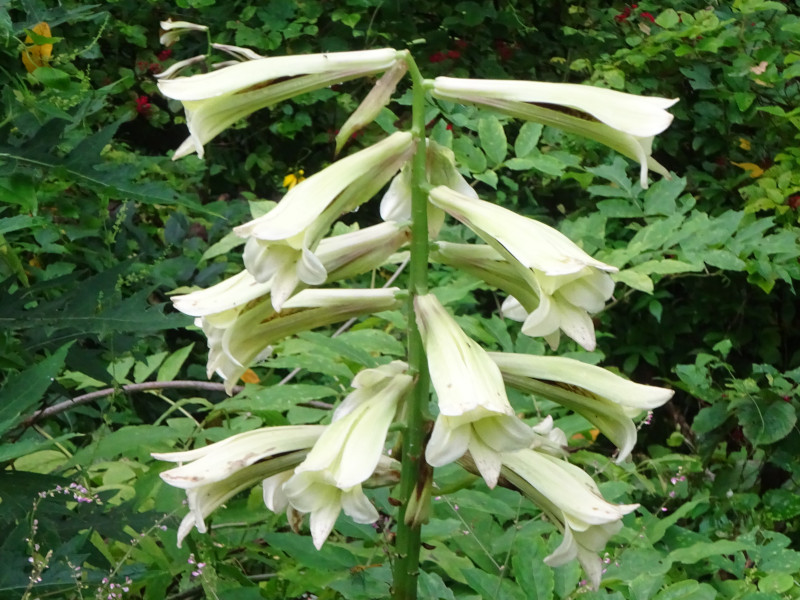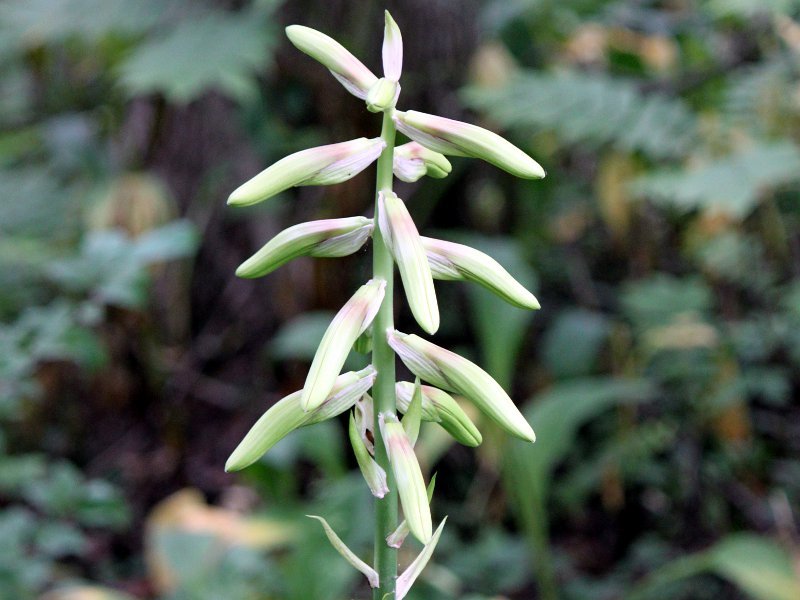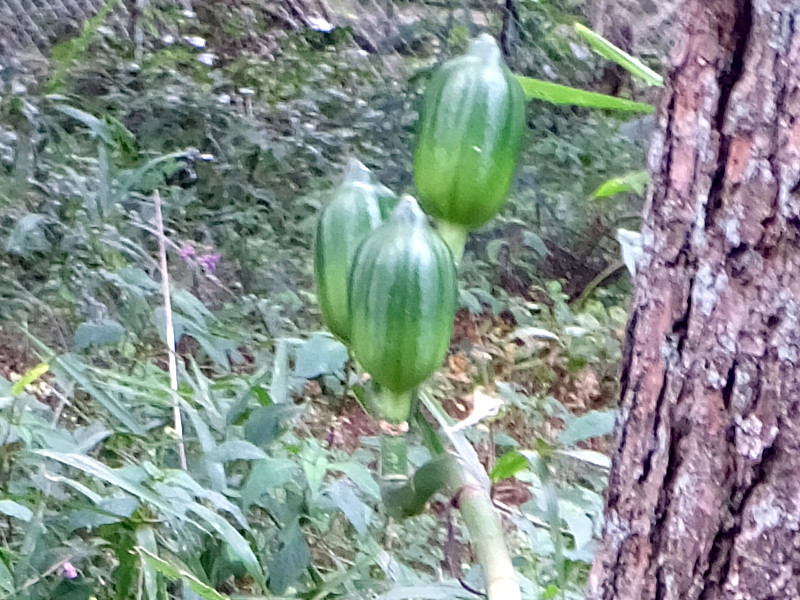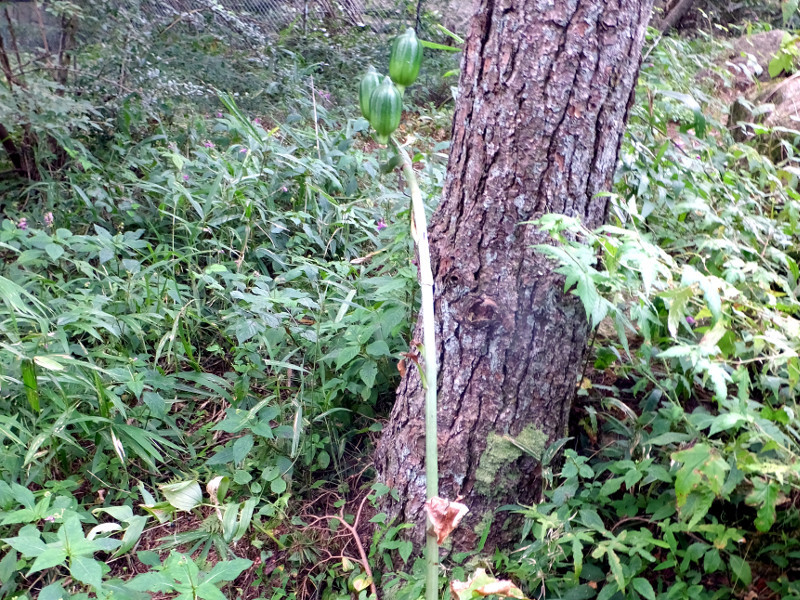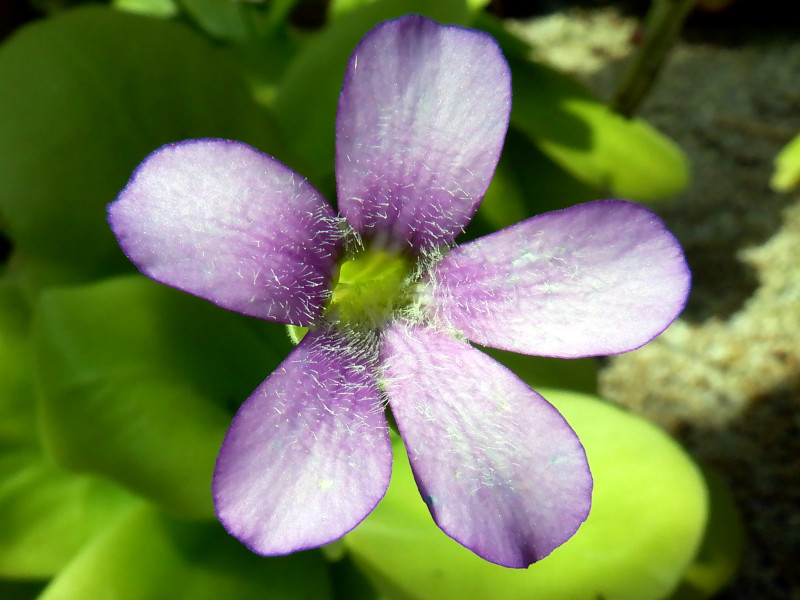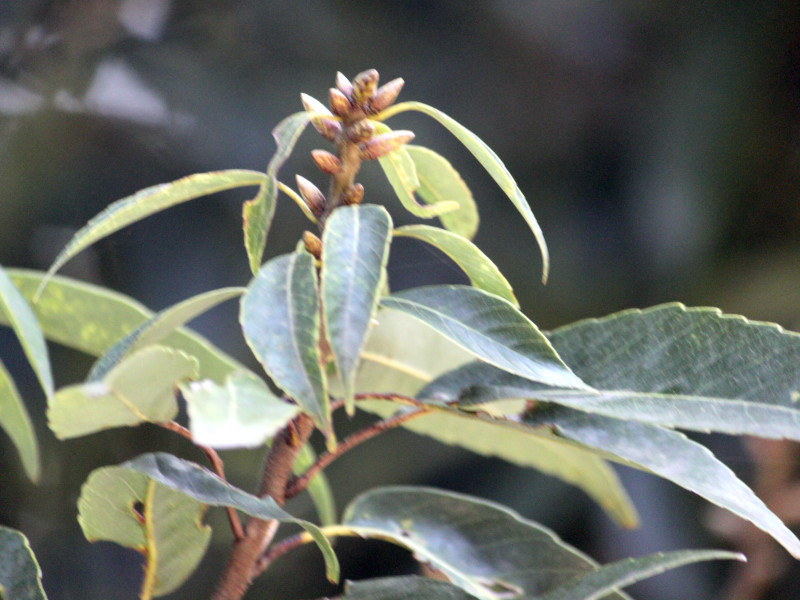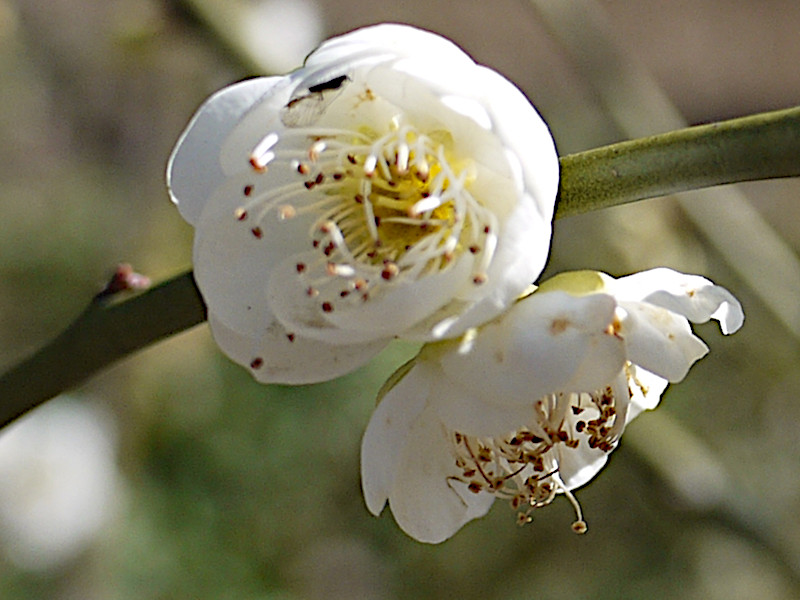Heartleaf lily
- Flower nameHeartleaf lily
- Scientific nameCardiocrinum cordatum
- AliasGiant lily, 姥百合, Heartleaf lily
- Place of originJapan
- Place of floweringLow mountains
- Flowering seasonJuly, August
What is Heartleaf lily
Characteristics: The leaves of Ubayuri are heart-shaped with reticulate veins.
Heartleaf lily, giant lily or ubayuri (scientific name: Cardiocrinum cordatum) is a large perennial herb belonging to the Liliaceae family and native to Japan. It grows naturally in mountainous areas from the Kanto region to Kyushu. The plant reaches a height of 60-100 cm.
Unlike the lanceolate leaves typical of lilies, Ubayuri has long petioles with heart-shaped leaves that have pointed tips. About five leaves grow in a whorled arrangement, and the leaves are edible.
From July to August, Ubayuri produces racemes that extend from the top of the erect stem, bearing several to a dozen or more pale green, fragrant, funnel-shaped flowers that open only at the tips. The flowers are 6-lobed and face sideways. In September, it bears green, elliptical capsules about 5 cm long, containing dull triangular seeds.
Origin of the Name The name "Ubayuri" (meaning "old woman lily") comes from the fact that the plant’s leaves (which sound like "teeth" in Japanese) fall off when the flowers bloom, resembling the image of an old woman. The genus name Cardiocrinum is derived from the Greek words "cardia" (heart) and "crinum" (lily), meaning a lily with heart-shaped leaves. The species name cordatum also means "heart-shaped" in Greek, reflecting the unusual leaf shape for a lily.
Ooubayuri A larger variety of Ubayuri is known as Ooubyuri (scientific name: Cardiocrinum cordatum var. glehnii), which grows 1.5–2.0 m tall and can produce up to 20 flowers. It is found in regions further north than Ubayuri, from central Honshu to Hokkaido.
The image provided might be closer to Ooubyuri.
Common Name:Heartleaf lily, giant lily or ubayuri
Scientific Name: Cardiocrinum cordatum
English Name: Heartleaf Lily, Giant Lily, Ubayuri in Japanese
Classification: Kingdom: Plantae, Angiosperms, Monocots, Order: Liliales, Family: Liliaceae, Genus: Cardiocrinum
Origin: Japan
Habitat Distribution: Forests in mountainous regions from Kanto to Kyushu
Living Environment: Slightly moist grasslands and forest interiors
Growth Type: Large perennial herb with a bulb
Height: 60–100 cm
Leaf Stalk: Present
Leaf Color: Green
Leaf Shape: Heart-shaped
Leaf Arrangement: Whorled
Flower Symmetry: Bilateral
Blooming Period: July to August
Flower Color: Pale green
Inflorescence Type: Sparse raceme
Individual Flower Length: 15 cm
Corolla Shape: Funnel-shaped, 6-lobed at the tip, does not fully open (only the tip opens)
Flower Orientation: Side-facing
Number of Flowers per Inflorescence: Several to a dozen
Fruit Period: September
Fruit Color: Green
Fruit Type: Capsule
Fruit Length: 5 cm
Fruit Shape: Elliptical
Seed Shape: Dull triangular
Uses: Starch from the bulb, leaves used as vegetables
Related pages
Ubayuri (Cardiocrinum cordatum)
